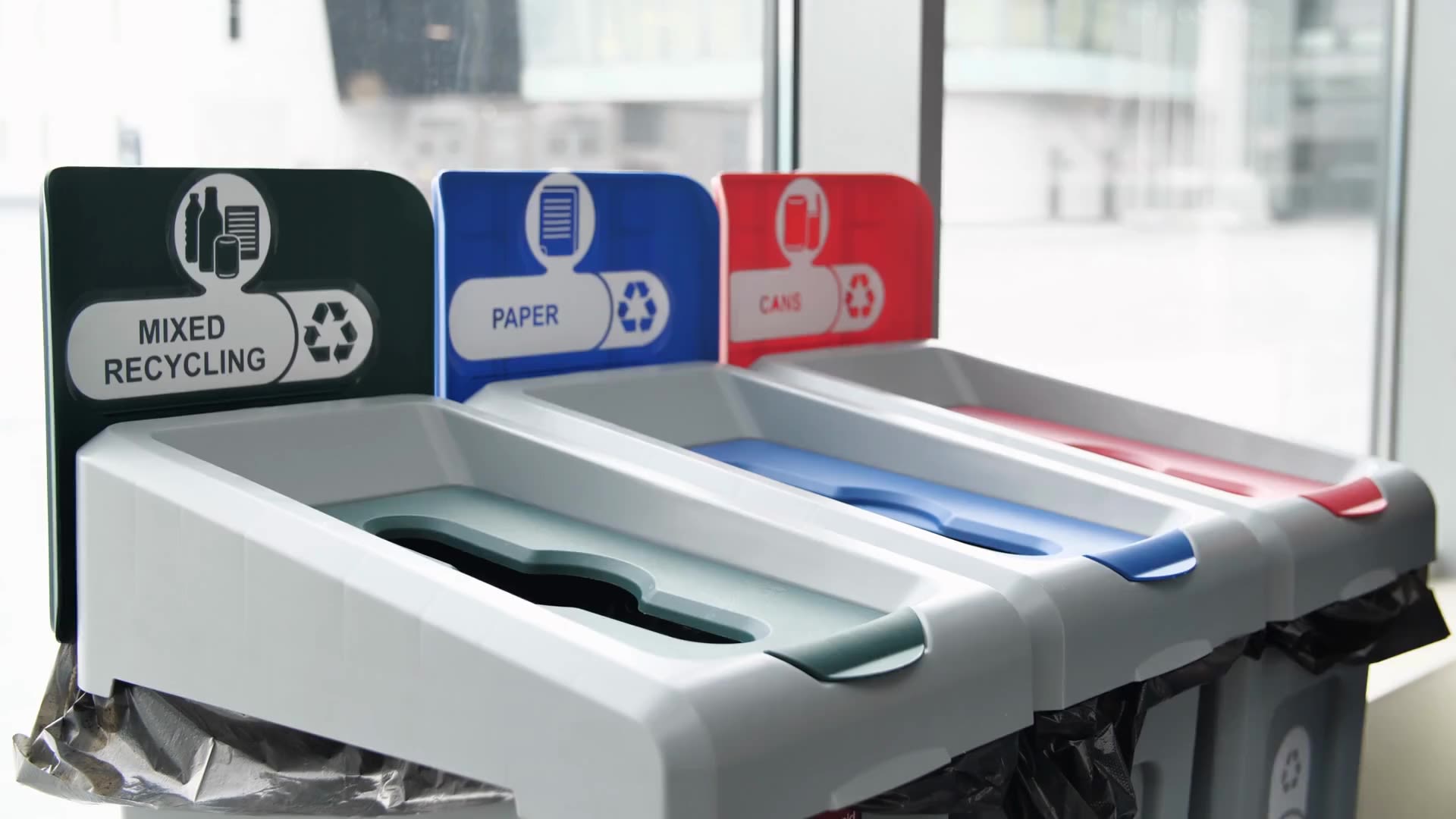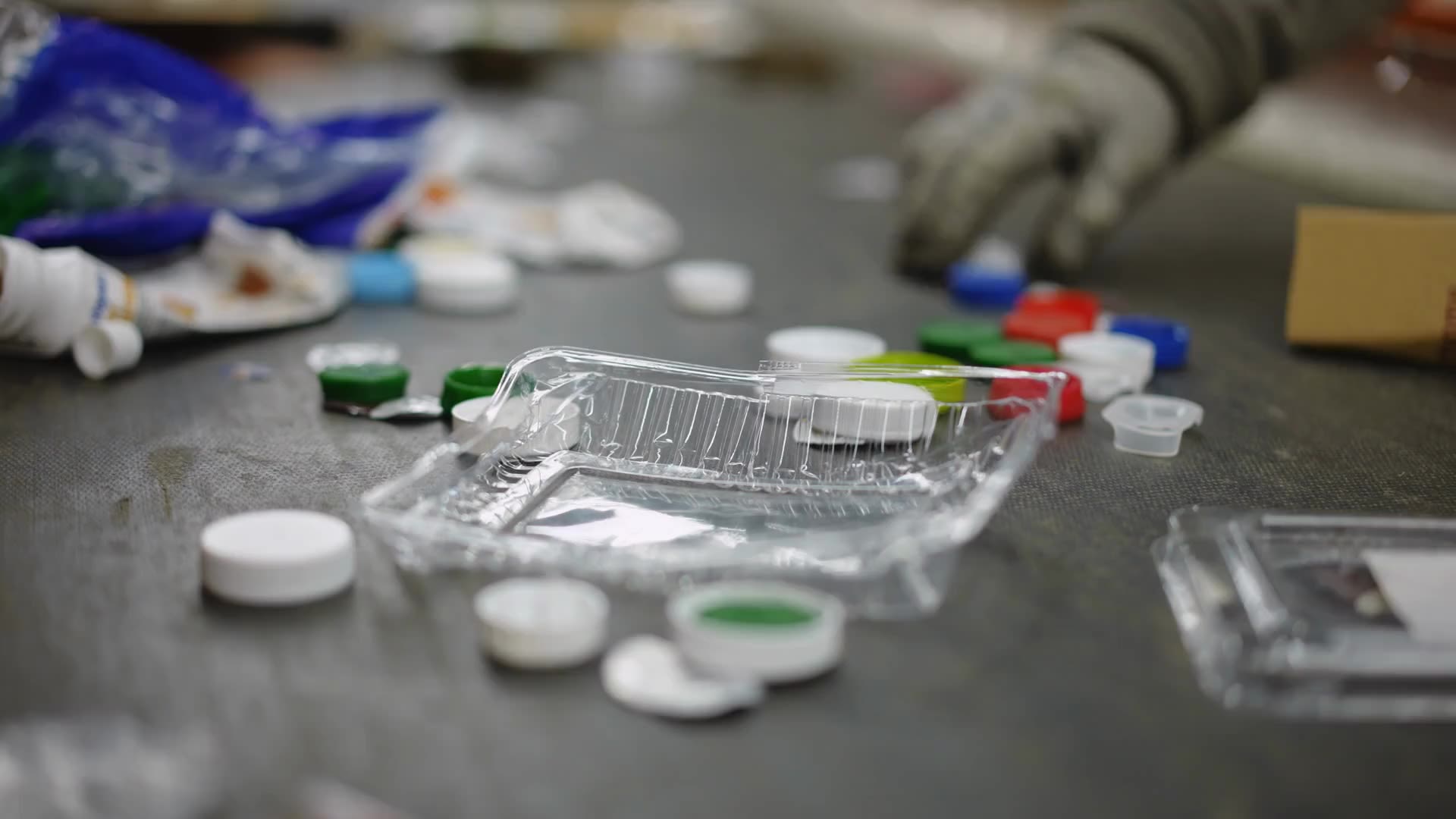Unlocking Growth in 2025: Outlook for European R-LDPE Packaging

Demand for low and high melt flow index (MFI) grades of recycled low-density polyethylene (R-LDPE) from the packaging sector will continue to grow in 2025 but construction-related grades may suffer due to low end-use market demand.
2024 saw more interest in buyers for low-MFI R-LDPE grades of between 0.3-0.8, and high-MFI grades of 1.5 and above as brands seek out more post-consumer recycled content in packaging for 2025.
This is expected to continue into 2025 as more brands look to increase recycled content going forward – though whether this is a direct result of the EU’s Packaging and Packaging Waste Regulation (PPWR) due to be signed into law in Q1 is open to debate.
ICIS forecasts recycle penetration rates in Europe will reach 11% in 2025 for R-LD and recycled linear LDPE (R-LLDPE). The first set of targets under the PPWR will be challenging to meet based on ICIS forecasts penetration rate for 2030, currently set at 11% respectively for R-LD/LLDPE. The value chain has progress to make in scaling up systems to deliver volumes required to meet targets, both mandated and voluntary”, Helen McGeough, Global Analytics Team Lead for Sustainability at ICIS said.
Low MFI grades are used in producing shrink wrap film for transporting pallets and products, with the very low MFI grades usually made up of 100% LDPE material, while the higher MFI levels up to 0.8 may contain other materials at a very low percentage.
High MFI grades are used in stretch film applications and will also contain a high volume of linear LDPE (LLDPE), and both low- and high-MFI material requires additional sorting to get the highest qualities – but that also commands a higher price.
As demand for these low and high MFI pellets continues to grow in 2025, this will bring demand for bales up with it. 98/2 post-commercial natural flexible bales, and post-consumer natural thick film bales are expected to see demand grow as more recyclers seek higher-quality material during 2025.
This is in contrast to the end of 2024 when 98/2 post-commercial bale availability lengthened slightly in December, seeing prices drop.
Demand for pellets from other sectors such as construction was weaker in comparison to packaging-related demand throughout 2024.
The outlook for construction-related demand is not overly optimistic for 2025 and this may impact mixed coloured bale and pellet demand going into the new year.
Want to know how to prepare for the changes PPWR will bring to the plastics recycling landscape?
Watch our on-demand webinar and explore challenges, opportunities and compliance strategies
Similarly, demand from the refuse bag market is not expected to grow massively as the market is already well established. But the advent of the PPWR being signed into law in Q1 may see some changes across the R-LDPE market.
PPWR impact

The PPWR was voted through by the EU Council’s Transport, Telecommunications and Energy Committee on 16 December 2024. It was previously passed by the EU Parliament in April in its untranslated version, and in November in translated form.
The wide-ranging text will introduce, amongst other things:
Some R-LDPE recyclers expect the PPWR to have at least some impact on R-LDPE demand during 2025 as brands currently using 100% LDPE may act early to establish relationships with recyclers and get R-LDPE testing underway.
But others believe any growth in demand from 2025 onwards will be due to brands and fast-moving consumer goods companies (FMCGs) simply wanting to increase their recycled content, seeing the 2030 targets are too far away to have an immediate impact on the market.
PPWR reuse concerns

Concerns about reuse targets in the PPWR may be eased after the Commission stated it has ‘launched an assessment with a view to exempting pallet wrappings and straps from full reusability obligations and addressing this issue by means of a delegated act as a matter of priority upon the entry into force of the Regulation, provided that the conditions for exemption laid down therein are met.’
German MEP Christine Schneider (PPE) raised a question and request for written answer in October, singling out paragraphs 2 and 3 of Article 29 of the draft PPWR as they seemingly set out a 100% reuse target for pallet wrap and straps used to transport products between either an individual company’s different sites, or between two economic operators within the same member state.
Schneider states that ‘the provisions on reuse quotas in Article 29 (2) and (3) go against the principles of the internal market, disadvantaging [Small and Medium-sized Enterprises] SMEs vis-à-vis large, globally operating concerns’, adding that for some types of sales packaging there are no practical reuse solutions for securing loads or for transporting products.
Some sources in the R-LDPE market interpreted the absence of any stated recycled content percentage target in paragraphs 2 and 3 of Article 29 to mean a 100% reuse target, despite the fact that '100%' is not mentioned in the text of those two paragraphs.
But most sources now hope that the Commission will announce LDPE film will be exempt from reuse targets at some point in 2025 due to its recyclability compared to proposed alternative materials for transporting goods.
Watch on demand and Gain Key Insights!
Prepare for the changes PPWR will bring to the plastics recycling landscape. Explore challenges, opportunities, and compliance strategies tailored to your region:
Unravelling the Many Layers of European Recycled Plastics Regulations
Authors:
Matt is one of the Senior Editors for recycling in Europe, working to help customers keep track of the complex and fluid recycled plastics market. Matt joined ICIS in 2012 and has covered various products including the Turkish and African PE and PP markets.
Matt is editor of the European R-PET report, which he took on in 2019, and also covers the R-LDPE market as of 2023, providing price assessments, news and analysis for this fast-paced and evolving market.
Related content
Speak with ICIS
If you are interested in learning about how our specialist insight can help you make better business decisions, contact the ICIS team today. Simply complete the form and we will get in touch with you as soon as possible.


